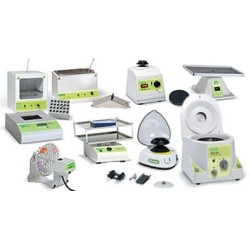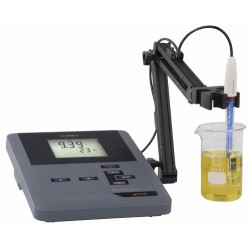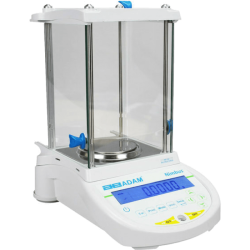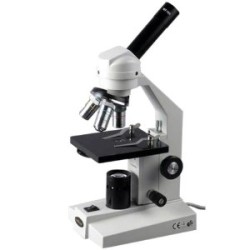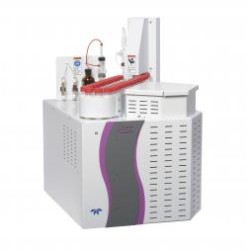Advancing 3D Cell Culture for Biomedical Research Using Primary Cells

Cell culture methods are showing great promise in advancing biomedical research, particularly in the fields of drug discovery, cancer biology, and regenerative medicine. These methods typically involve culturing two distinct types of cells in vitro: cell lines and primary cells. Cell lines are populations of cells that have been continually passaged over extended periods of time to evade normal cellular senescence and to acquire homogenous genotypic and phenotypic characteristics (examples include A549, HeLa, and HEK 293 cells). In contrast, primary cells are isolated directly from donor tissue and are non-transformed and non-immortalized.
Traditional two-dimensional (2D) cell culture methods are increasingly being enhanced by new three-dimensional (3D) technologies that mimic the natural cellular in vivo environment, which is one of the main reasons it is taking off as an experimental approach in biomedical research. Primary cells are also considered to be more biologically representative than cell lines due to their typically identical (or at least similar) characteristics to the original donor tissue.
Therefore, it is becoming increasingly clear that using primary cells in 3D cell culture can produce more biologically representative models of in vivo multicellular environments compared with using cell lines. Another advantage is that primary cells are more suitable than cell lines for research into personalized therapeutics. Because they remain in a state practically unchanged from that of the original donor tissue, primary cells possess in vitro characteristics that inform targeted therapies more reliably than do cell lines. Primary cells are, therefore, key to the advancement of 3D cell culture in drug discovery, biomedical research, and precision medicine.
For more details: - http://www.genengnews.com/gen-articles/advancing-3d-cell-culture-for-biomedical-research-using-primary-cells/6094




